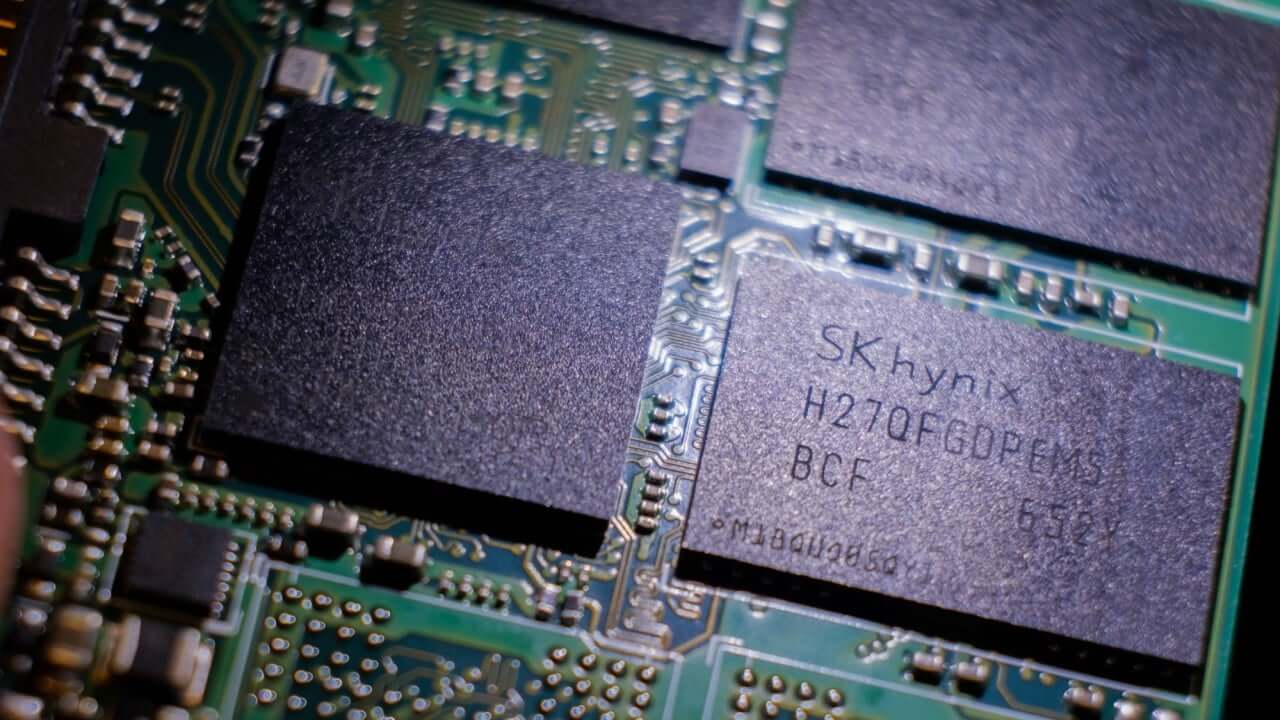In a major move towards technological independence, the US government has injected $162 million into Microchip Technology, a leading semiconductor manufacturer. This landmark funding aims to supercharge domestic chip production, lessening reliance on foreign giants and bolstering the nation’s critical technology infrastructure.
Microchip Technology, known for its microcontrollers and mixed-signal integrated circuits, will utilize the grant to expand its facilities in Colorado and Oregon. This vital investment signifies a broader US strategy to combat semiconductor shortages that have crippled various industries, from automobiles to smartphones.
Breaking the Chipchain: Why Domestic Production Matters
For decades, the US outsourced much of its chip production to Asia, particularly Taiwan, a global powerhouse in the sector. However, recent geopolitical tensions and supply chain disruptions have exposed the vulnerability of this dependence. The chip shortage of 2021-2023, which crippled car production and caused price hikes across electronics, served as a stark wake-up call.
This investment in Microchip Technology marks a pivotal step in the US’s bid to reclaim self-sufficiency in a technology that underpins everything from national security to everyday life. By fostering domestic chip production, the US aims to:
- Reduce reliance on foreign powers: Mitigating dependence on potentially unreliable foreign sources minimizes disruptions to crucial industries and enhances national security.
- Create high-paying jobs: Expanding domestic chip production translates to new employment opportunities, boosting the economy and supporting skilled workers.
- Drive innovation: A robust domestic chip industry fosters a climate of technological advancement, spurring competition and leading to breakthroughs in chip design and manufacturing.
Beyond Microchip: A Broader Chips Act Strategy
The grant to Microchip is just one piece of a larger puzzle. The bipartisan CHIPS and Science Act of 2022 allocated a whopping $52 billion to revitalize the US semiconductor industry. This comprehensive plan includes:
- Incentivizing domestic chip manufacturing: Grants, tax breaks, and other financial stimuli encourage US companies to invest in building chip fabrication plants.
- Boosting research and development: Funding for universities and research institutions fosters innovation in chip design and manufacturing processes.
- Strengthening the workforce: Investments in education and training programs equip the US with a skilled workforce capable of sustaining a thriving chip industry.
The Road Ahead: Challenges and Opportunities
While the US government’s commitment to domestic chip production is encouraging, significant challenges remain. Building and ramping up chip fabrication facilities is a complex and expensive endeavor. Additionally, attracting and retaining skilled talent in the competitive global chip market is crucial.
Despite the hurdles, the potential rewards of a robust domestic chip industry are immense. By prioritizing self-sufficiency in this critical technology, the US can enhance its economic and technological security, create high-paying jobs, and fuel future innovation. The Microchip Technology investment marks a significant step in this direction, paving the way for a more resilient and competitive American tech landscape.





